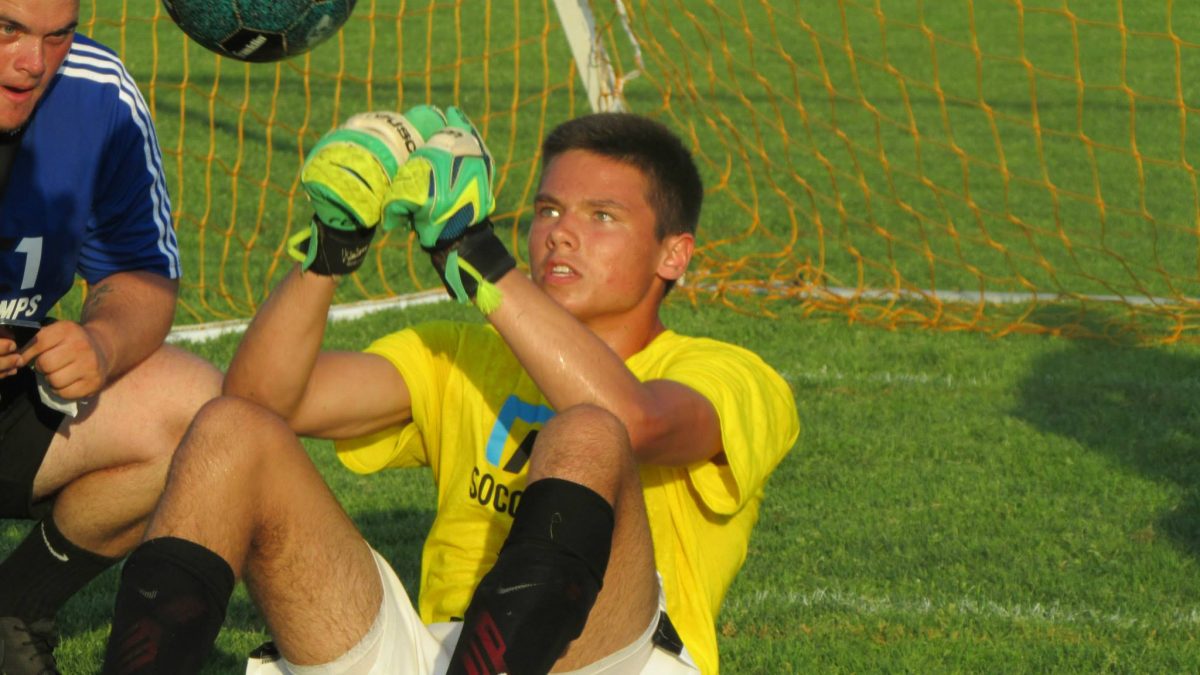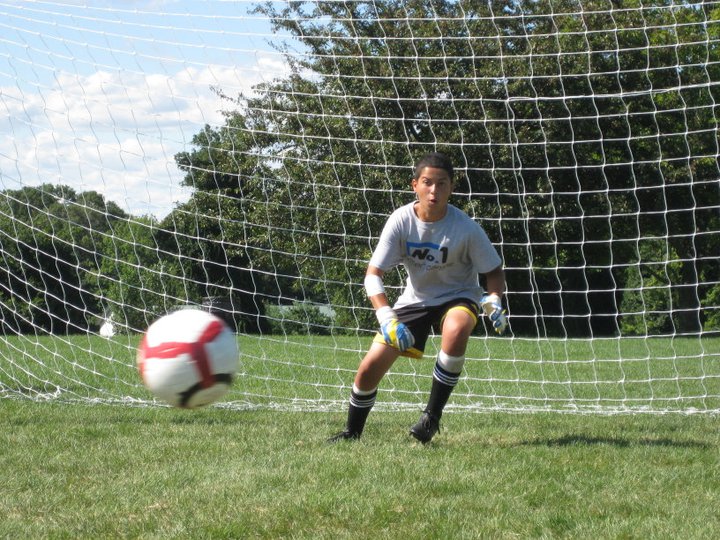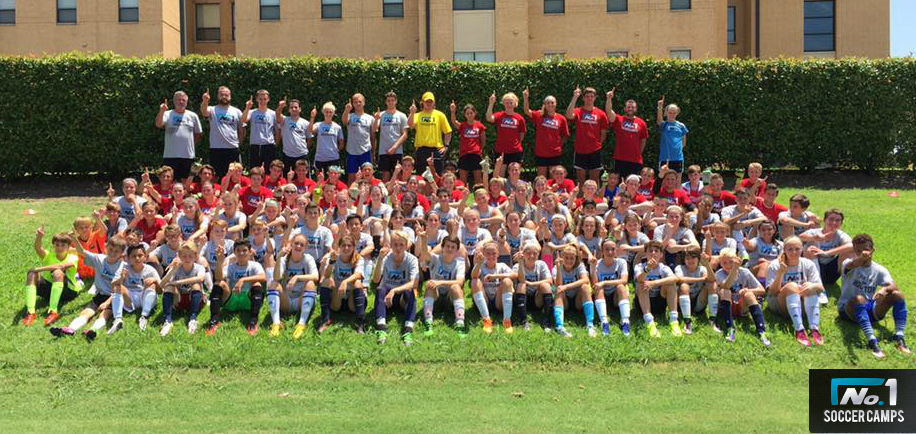By No. 1 Soccer Camps Regional Director Greg Andrulis
In the sport of soccer, we often have teachers, trainers, and coaches who each have a specific set of responsibilities for the development of their players. Looking at each title, there seems to be an overlapping and co-mingling of responsibilities that go with the job description. A teacher can have a more formal role in the development of their players and teams. A coach helps a player or team achieve success on the field, and a trainer is the facilitator of new skills. Can one person be all three? Absolutely!
If you have been fortunate enough to attend a training session that has been put on by Anson Dorrance, head coach at the University of North Carolina, former World Cup Coach and the winner of 21 National Championships, then you have been fortunate enough to have seen one of greatest teacher, trainers, and coaches of our generation. What makes this type of coach, teacher, and trainer so special? Is it their ability to articulate the message? Their communication skills? Their intuitive nature? Their knowledge of the game? Yes to all of the above.

At the recent Connecticut Junior Soccer Association Annual General Meeting, those in attendance were introduced to a person who clearly fits comfortably into the role of Teacher, Trainer and Coach. John Amorim is currently the head goalkeeper coach for the Region I ODP Staff. While watching Coach Amorim run his session, it was striking to observe a man comfortable being a teacher, a trainer and a coach – sometimes within the same sentence. Putting on a training session in a hotel ballroom is never easy. Add in the dimensions of training players that you are unfamiliar with, being surrounded by coaches who are only somewhat interested in your topic and those in place for required CEU’s, and you have an environment that is demanding to say the least.
John presented a goalkeeper session that at its basic level was not challenging in its format with one major exception – his delivery. John was able to present a multi-layered session that challenged each participant at the physical, technical, and psychological spectrum at every step of the progression. His delivery was as a teacher to the coaches in attendance explaining the exercise, as a coach to the players; he was working with and as a trainer executing drills and exercises. His session was exceptional. His knowledge of the position is at a very high level. Those in attendance were witness to an outstanding presentation, by an extraordinary teacher, coach and trainer.
His ability to layer each exercise with each dimension of the spectrum is a gift. The players had to think, react and make decisions related to each ball. The session was not the type of session that we often see put on by trainers at these type of events. More commonly we see sessions where the ball is constantly struck with mind numbing repetitions and little to no level of distinction as to the reason, method or purpose, other than to create the illusion of success.
At this session it was clear and refreshing to see an educator (a unique combination of teacher, coach, and trainer) present a session that was simple in concept but complex in methodology. If you are looking for an individual to be part of your staff or work with your child, strive to find someone with the capacity to incorporate all the ingredients for a successful session – someone who can teach, someone who can coach and someone who can train. All will benefit from that experience.
Coach Andrulis is a coach and teacher who has had the good fortune to have worked with and trained some of the best goalkeepers in the United States. His goalkeepers have played at all levels, including World Cup and national teams, professional, collegiate and club. As a 40 year staff member of No. 1 Soccer Camps, Coach Andrulis enjoys the opportunity to spend time working with the next great generation of players each and every summer throughout the United States.









 Blue 16 Media
Blue 16 Media